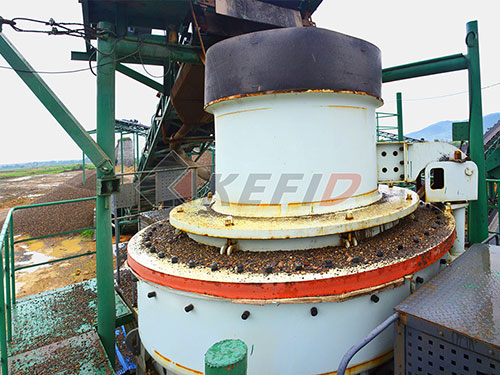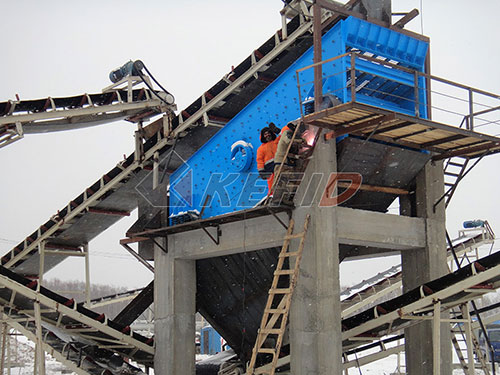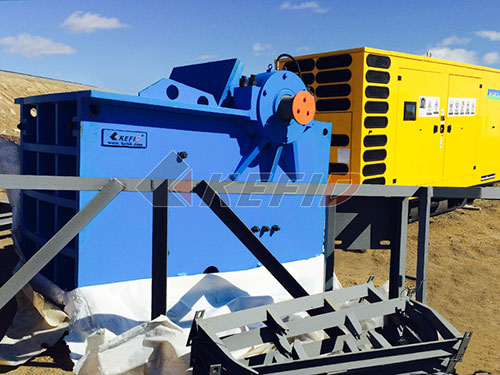The Mighty Car Crushing Fork: Engineering Efficiency in Scrap Processing
In the dynamic world of scrap metal recycling and auto salvage, efficiency and power are paramount. Among the specialized tools driving this industry forward, Car Crushing Forks stand out as indispensable attachments, transforming material handlers into formidable vehicle demolition machines. Far more than simple lifting devices, these forks are engineered for the singular purpose of efficiently processing end-of-life vehicles (ELVs) and bulky scrap.
The Core Function: Compression and Control
Unlike standard pallet forks, car crushing forks are designed with a specific mission: to pierce, compress, and manipulate vehicle bodies. Typically mounted on powerful material handlers or excavators equipped with rotating grapples, they work in tandem with the machine’s hydraulic force:
1. Penetration: The robust, often reinforced tines spear through sheet metal – roofs, hoods, doors – anchoring the attachment securely to the vehicle carcass.
2. Compression: Utilizing the immense hydraulic power of the host machine, the operator activates the fork’s crushing mechanism (often integrated into the grapple rotator assembly). This forces the tines together in a powerful scissor-like action.
3. Volume Reduction: This deliberate compression collapses the vehicle structure. Roofs cave in, pillars buckle, and engine compartments crumple. The goal is a dramatic reduction in overall volume – often achieving compaction ratios exceeding 80%.
4. Handling & Loading: Once compressed into a dense “log,” the crushed car remains securely impaled on the forks. The material handler can then effortlessly lift, rotate for optimal positioning, and precisely place it onto transport trailers destined for shredders or into storage bins.

Engineering for Extreme Duty
Car crushing forks are built to withstand punishing conditions:
High-Strength Steel: Constructed from abrasion-resistant, high-tensile steel alloys to endure constant impact with sharp metal edges and heavy loads.
Reinforced Design: Critical stress points like tine tips and hinge mechanisms feature significant reinforcement to prevent bending or failure under extreme pressure.
Powerful Hydraulics: They rely on high-flow hydraulic systems from their host machines to generate the immense force required for effective compression.
Durability Features: Replaceable wear plates or tips protect vital areas from abrasion caused by sliding metal-on-metal contact during compression.

The Tangible Advantages: Why Use Crushing Forks?
The adoption of car crushing forks delivers significant operational benefits:
1

Leave a Reply